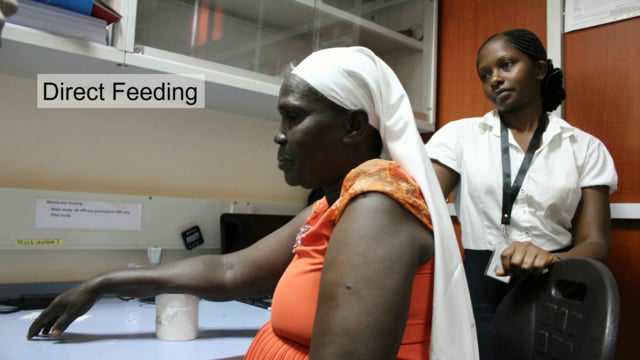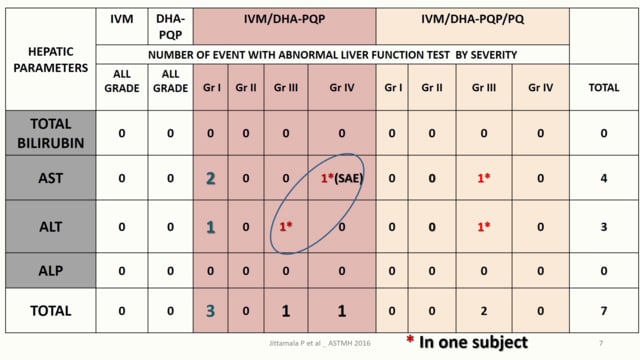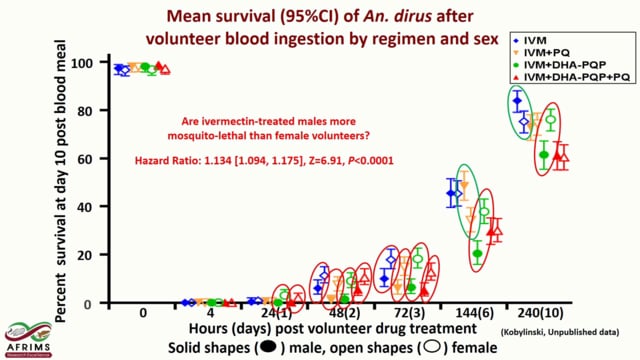Last Updated: 30/06/2020
Safety and tolerability of primaquine used for radical cure of Plasmodium vivax in Ethiopia
Objectives
The main objective of this evaluation will be to actively assess the safety and tolerability of administering primaquine for radical cure of P. vivax without G6PD testing through haemoglobin and adverse events monitoring.
Addis Continental Institute of Public Health (AC-IPH), Ethiopia
Ethiopian Public Health Institute (EPHI), Ethiopia
Ministry of Health (MOH) Ethiopia, Ethiopia
Tulane University, United States
Centers for Disease Control and Prevention (CDC), United States
United States Agency for International Development (USAID), United States
Menzies School of Health Research, Australia
In Ethiopia, both Plasmodium falciparum and P. vivax are co-endemic with 60-70% of the cases due to P. falciparum infections and 30-40% due to P. vivax. The World Health Organization (WHO) treatment guidelines strongly recommend to treat P. vivax malaria in children and adults (except pregnant women, infants aged < 6 months, women breastfeeding infants aged < 6 months, women breastfeeding older infants unless they are known not to be glucose-6-phosphate dehydrogenase (G6PD) deficient, and people with G6PD deficiency) with a 14-day course of primaquine (0.25-0.5 mg/kg body weight daily) in all transmission settings to prevent relapse.
The Ethiopian Federal Ministry of Health (FMoH) recently updated the National Malaria Strategic Plan (2017-2020). Subsequently, the ministry has adopted a new policy of providing primaquine for P. vivax radical cure in 239 districts targeted for elimination without prior G6PD testing at all levels of care.
Actively assessing this policy will allow for a timely evaluation of its safety and result in needed programmatic or policy changes to mitigate this risk, if necessary. The administration of primaquine for vivax will be crucial in achieving malaria elimination in the selected districts in Ethiopia by 2020, in line with the strategic plan.
Apr 2019 — Jun 2021
$300,000


